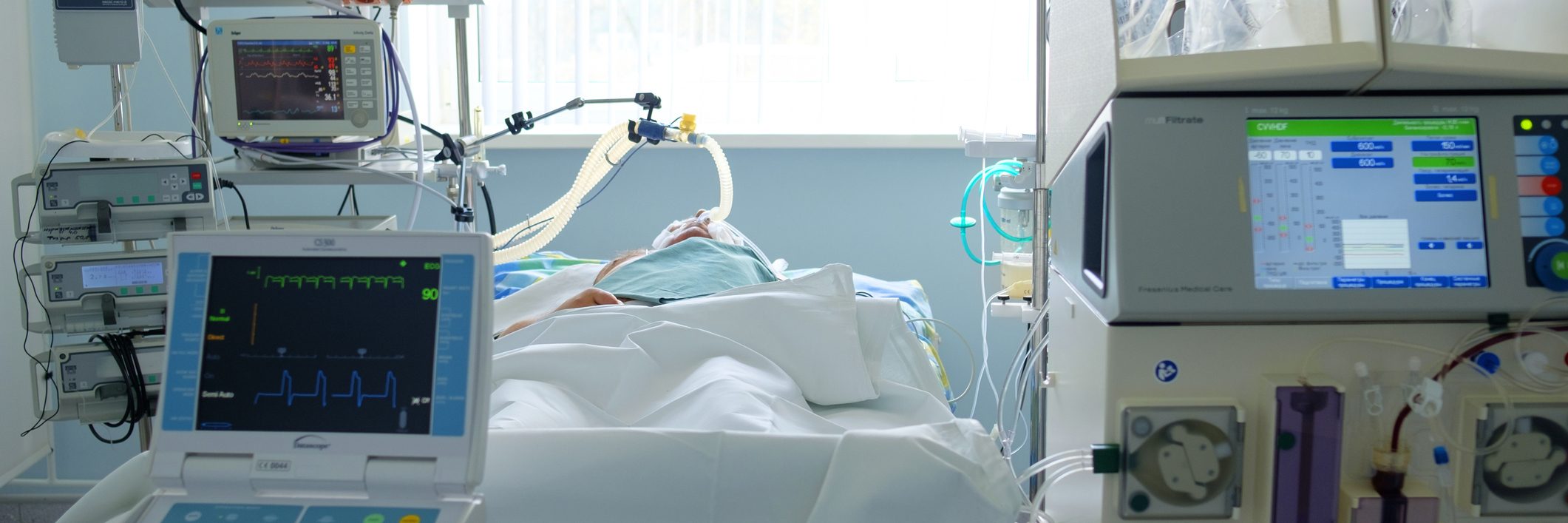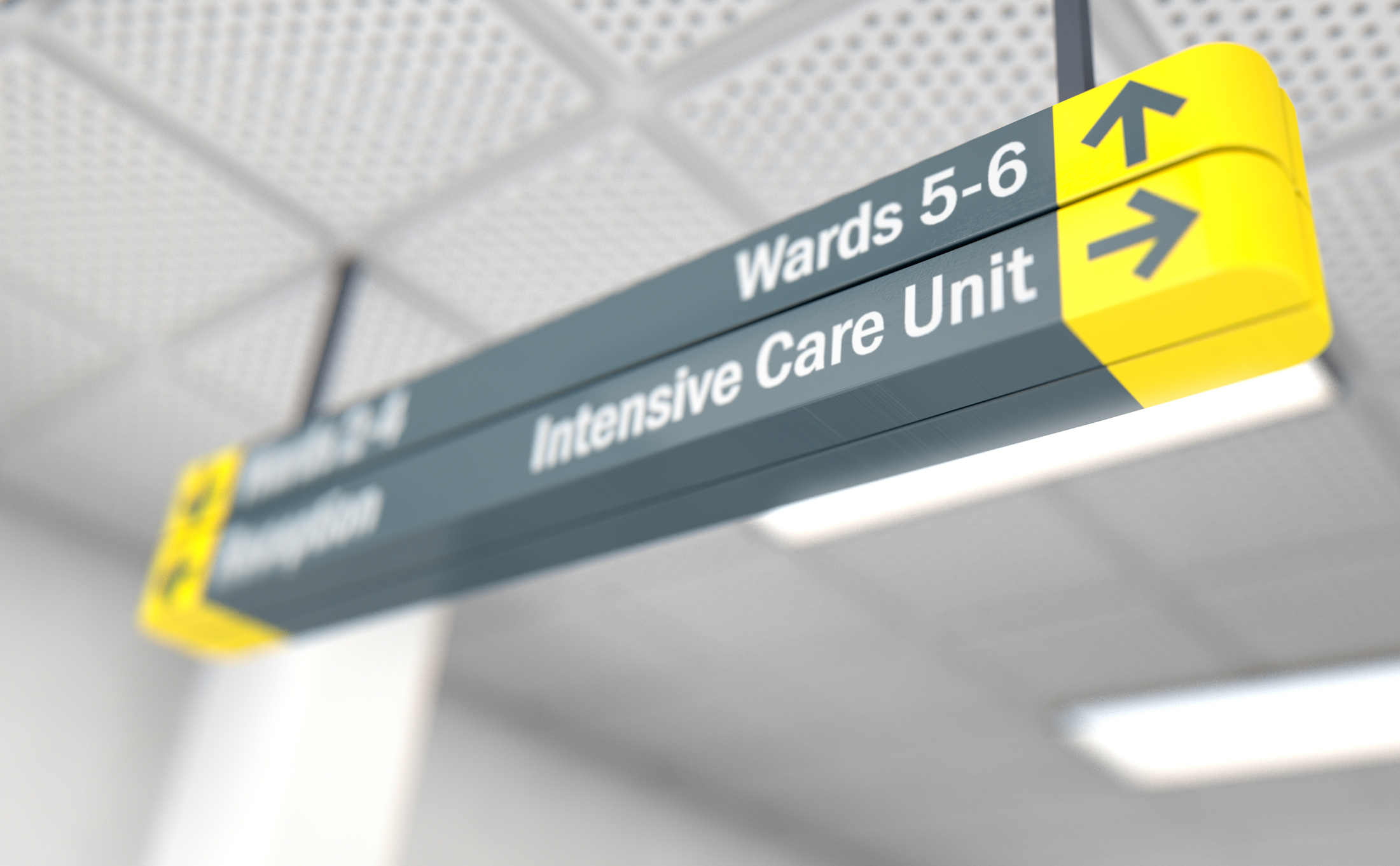Critical Care General
Feb 28, 2020
Traumatic brain injury (TBI) is one of the leading causes of mortality and permanent disabilities worldwide. Brain edema following TBI remains to be the predominant cause of mortality and disability i...
Feb 28, 2020
Traumatic brain injury (TBI) is a heterogeneous disease with multiple neurological deficits that evolve over time. It is also associated with an increased incidence of neurodegenerative diseases. Acco...
Feb 28, 2020
Intubated pediatric patients with isolated traumatic brain injury (TBI) are a diagnostic challenge for early detection of altered cerebral physiology instigated by trauma-induced increased intracrania...
Feb 28, 2020
Nosocomial infection is a common source of morbidity in critically injured children including those with traumatic brain injury. Risk factors for nosocomial infection in this population, however, are ...
Feb 28, 2020
Salt inducible kinases (SIKs) are key regulators of cellular metabolism and growth, but their role in cardiomyocyte plasticity and heart failure pathogenesis remains unknown. Here, we showed that loss...
Feb 28, 2020
DS-1040, a novel low-molecular-weight inhibitor of activated thrombin-activatable fibrinolysis inhibitor, is under development for the treatment of thromboembolic diseases including venous thromboembo...
Feb 28, 2020
Data regarding emergency department (ED) assessment of acute chest pain (CP) and incidence of myocardial infarction (MI) among adult congenital heart disease (ACHD) patients, relative to the non-conge...
Feb 28, 2020
Heart failure with preserved ejection fraction (HFpEF) is a significant cause of morbidity and mortality worldwide. Exercise intolerance is the main symptom of HFpEF and is associated with a poor qual...
Feb 28, 2020
There is a paucity of contemporary data assessing the implications of atrial fibrillation (AF) on major adverse cardiovascular events (MACE) in patients with or at high-risk for atherosclerotic diseas...
Feb 28, 2020
The objective of this study was to investigate and discuss the effect of direct angioplasty therapy on acute middle cerebral artery occlusion (MCAO) patients with good leptomeningeal collateral circul...
Feb 28, 2020
Rheumatoid arthritis (RA) is a systemic autoimmune disorder characterized by hyperplasia of the synovial membrane along with persistent inflammation of joints. Earlier studies suggest the crucial role...
Feb 28, 2020
Following the severe acute respiratory syndrome coronavirus (SARS-CoV) and Middle East respiratory syndrome coronavirus (MERS-CoV), another highly pathogenic coronavirus named SARS-CoV-2 (previously k...
Feb 28, 2020
Common Variable Immunodeficiency (CVID) is the most frequent type of severe primary immunodeficiency (PID). Clinical manifestations of CVID occur at any age; nevertheless, they are more frequent betwe...
Feb 28, 2020
A cluster of patients with coronavirus disease 2019 (COVID-19) pneumonia caused by infection with severe acute respiratory syndrome coronavirus 2 (SARS-CoV-2) were successively reported in Wuhan, Chin...
Feb 28, 2020
To determine current management of critically ill children and gather views regarding high flow nasal cannula therapy and to evaluate research priorities for a large prospective randomized controlled ...
Feb 28, 2020
An ongoing outbreak of pneumonia associated with the severe acute respiratory coronavirus 2 (SARS-CoV-2) started in December, 2019, in Wuhan, China. Information about critically ill patients with SARS...
Feb 28, 2020
Cognitive dysfunction after heart failure (HF) is characterized by neuroinflammation, which plays an important role in the occurrence and development of cognitive dysfunction. Recent studies have show...
Feb 25, 2020
Previous studies indicate that early revascularization appears to reduce mortality among patients with acute MI that is complicated by cardiogenic shock. Approximately 80% of MI patients with cardioge...
Feb 18, 2020
This study examined whether enhanced susceptibility of steatotic liver to I/R injury is due to impaired recruitment of bone marrow (BM) progenitors of LSECs (also called sprocs) with diminished repair...
Feb 18, 2020
Perinatal hypoxic-ischemic (HI)-related brain injury is an important cause of morbidity and long-standing disability in newborns. The only currently approved therapeutic strategy available to reduce b...













